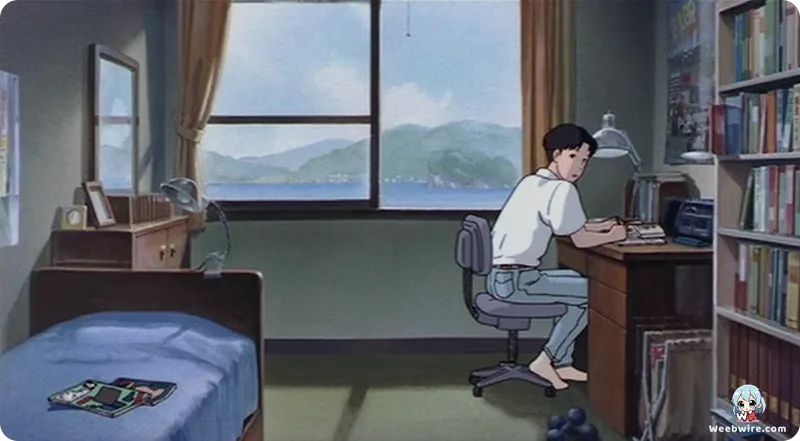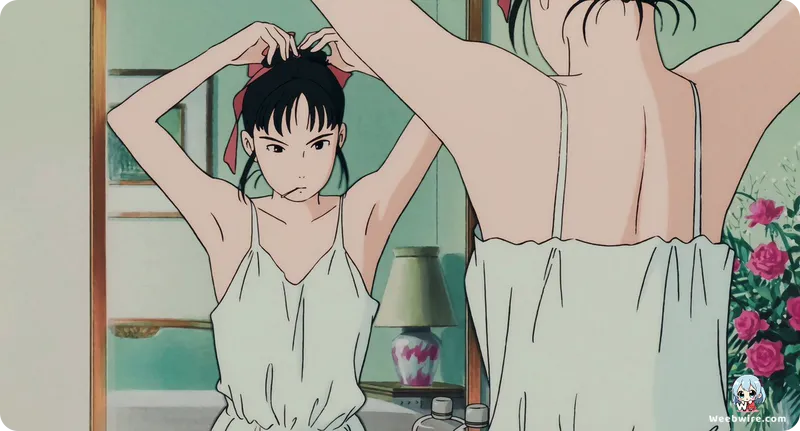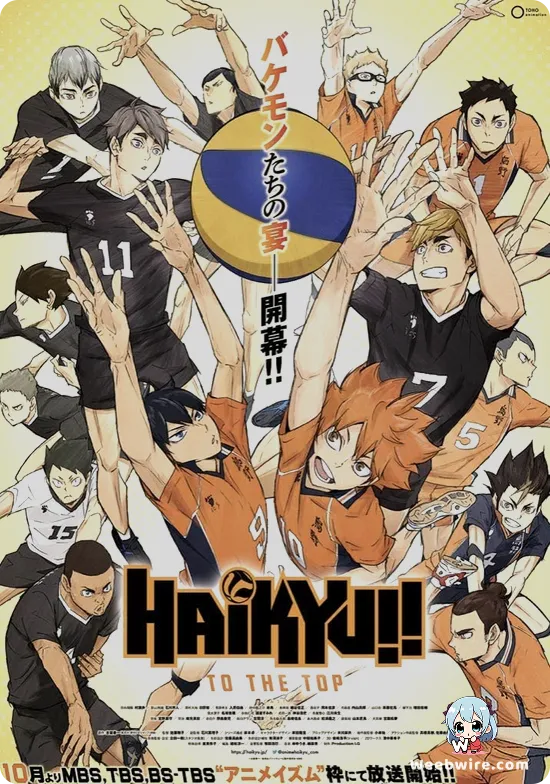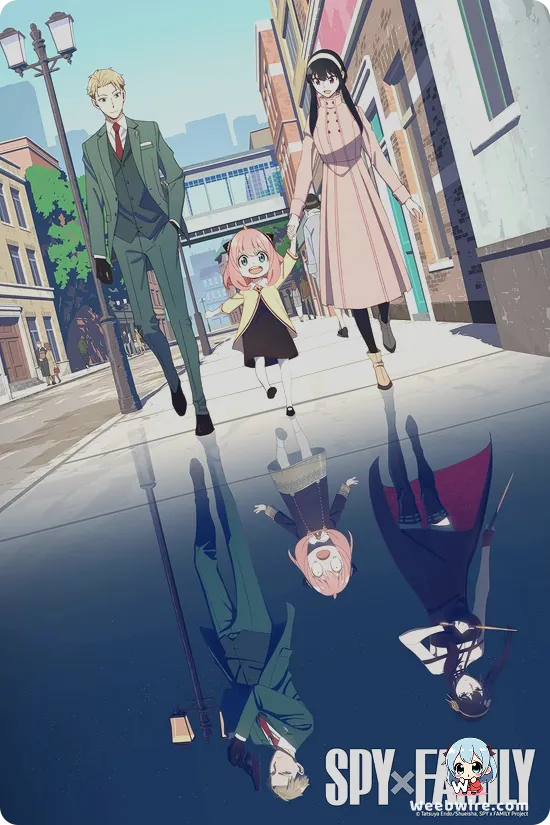Unearthing 'Ocean Waves': Studio Ghibli's Bold Experiment in Realism and Young Talent

Studio Ghibli, globally celebrated for its fantastical animated epics, also harbors a compelling, often-overlooked gem: the 1993 television film, 'Ocean Waves' (Umi ga Kikoeru). This unique project offers an intimate, grounded portrayal of adolescent life, delving into everyday anxieties and emotional complexities rather than grand magical adventures. It stands as a fascinating testament to Ghibli's diverse creative ambition and an experimental chapter in the studio's history, revealing insights for any animation aficionado.
The film's origin is particularly noteworthy. Commissioned by Nippon Television, 'Ocean Waves' was conceived as a vital training ground for Studio Ghibli's burgeoning talent. Co-founders Hayao Miyazaki and Isao Takahata spearheaded an initiative to empower younger staff, primarily those in their twenties and early thirties, to lead a full-length feature. This aimed to provide invaluable experience without the immense pressure of a major theatrical release. While initially planned to be 'quick and cheap,' the production ironically exceeded both its budget and schedule a common challenge in animation, yet significant for a training exercise. This bold commitment to nurturing the next generation highlights 'Ocean Waves' as a pivotal and innovative moment in Ghibli's evolution.
Adapted from Saeko Himuro's acclaimed novel, the narrative perfectly complements its experimental ethos. It follows close friends Taku Morisaki and Yutaka Matsuno in Kochi Prefecture, whose lives are gently upended by the arrival of Rikako Muto, an intelligent yet aloof transfer student from Tokyo. Rikako's struggle to adapt weaves a delicate tapestry of emotions, misunderstandings, and burgeoning feelings among the trio. Eschewing Ghibli's characteristic fantasy, the story offers a deeply realistic exploration of first love, jealousy, friendship, and the awkward transition from high school into university. Viewers connect profoundly with its nuanced depiction of Rikako a flawed, confused young woman navigating her own turbulent emotional landscape, contrasting with more idealized anime characters.

Tomomi Mochizuki, at just 34 years old, made history as the youngest director to helm a Ghibli feature, bringing a fresh perspective that distinguishes 'Ocean Waves' from its studio siblings. Despite a simpler animation style, the film maintains Ghibli's hallmark attention to detail, exquisitely conveying characters' subtle expressions and emotional states. Further enhancing its raw authenticity, the production opted for relatively unknown voice actors, allowing audiences to fully immerse themselves. The vibrant setting of Kochi Prefecture also acts as a character, with animators diligently capturing its unique dialect, landscapes, and daily school life, anchoring the story in a tangible reality.
Often termed a 'Ghibli Gaiden' or 'Ghibli Side Story,' 'Ocean Waves' initially received a subdued reception but its quiet charm, universal themes of adolescence, and realistic narrative have cultivated a dedicated international following. It offers crucial insight into the studio's diverse narrative capabilities and its unwavering commitment to storytelling beyond the fantastical. Ultimately, 'Ocean Waves' transcends a mere coming-of-age tale; it serves as a historical document of Studio Ghibli's internal innovation, mentorship, and willingness to experiment, proving that profound artistic merit can be found in the everyday dramas of life, crafted by a new generation of talent for new audiences.
Credits
Ocean Waves
Author
Taku Moka
Cover Art
Katsuya Kondō
Studio
Studio Ghibli
Publisher
Tokuma Shoten
Producers





